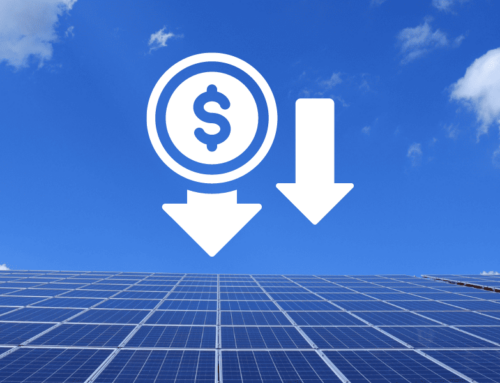When deciding on the right solar system for your home, you may consider adding battery storage. With current fires, storms, and other events causing power outages in the news, it seems like a good thing to do. But is it really when you take into mind the environmental and cultural costs? Here are some reasons to reconsider:
- In some states, electricity rates vary by the time of day; these are called time-of-use rates. In this case, the energy stored by a battery can be used to offset higher rates during those periods. But in Washington DC, there are no time-of-use rates, meaning that there is no benefit for using the energy from a battery on a regular basis. When used for power outages only, battery storage is inefficient and, in fact, wasteful. It consumes electricity to power its onboard electronics and replaces its battery self-discharge (~1% a month). For a home appliance that might typically be used just zero to three times a year while dragging down the solar array efficiency every day, its financial and sustainability viability is questionable.
- Lithium mining causes exploitation of the countries and communities where it is prolific. Any type of mineral extraction is harmful to the planet. This is because removing raw materials can result in soil degradation, water shortages, biodiversity loss, damage to ecosystem functions, and an increase in global warming. In the so-called Lithium Triangle of South America – made up of Chile, Argentina, and Bolivia – vast quantities of water are pumped from underground sources to help extract lithium from ores. This has been linked to the lowering of groundwater levels and the spread of deserts. There are a number of other countries where Lithium mining is considered a detriment to the environment in both the short and long term.
- There is an imbalance in areas where solar batteries are needed. Battery storage is necessary to offset grid shortages in some places, and in other areas, batteries are used sporadically for rare power outages. For example: in Hawaii, when solar batteries are not being used to supply power to the home or business, they supplement the grid. In Washington DC, because there are no time-of-use rates, batteries sit unused most of the time and, for most situations, are using resources that could possibly be better employed elsewhere.
- Lithium used for solar batteries can be better used for electric vehicles and other necessary applications. Batteries that sit idle do not add to sustainable practices but actually take away from them.
- Installing batteries takes away from Sunergy Systems’ and the State’s solar industry’s ability to install clean, green solar energy systems that immediately reduce the use of fossil fuels and move us toward our sustainability goal.
- The batteries will eventually need to be disposed of. Even though backup batteries are not cycled that often, being continually kept at full charge creates its own form of degradation. Their lifespan will be close to the industry standard warranty of 10 years. Is disposing of these slightly used batteries really worth the power security that can otherwise be fulfilled by other means, such as a gas generator?
- The timing is wrong…we don’t want you to regret installing the energy storage systems that are available now. Using an electric vehicle battery for home power backup is looking better and better now that the Vehicle-to-Home (V2H) concept is getting closer to reality. An EV battery pack will have 3 to 8 times the capacity of a Powerwall, and V2H will enable your future EV to power your home during a power outage. This option will possibly be a better solution if you are considering the purchase of a new electric vehicle in the near future. We are looking forward to a few technologies: VX2 and VH2 (WallBox), which will make charging and energy supply during blackouts seamless. Please click HERE to learn more.
At District Energy, we want to help you make the best decisions for your sustainability goals as well as those which will make the most sense for you in the future.







